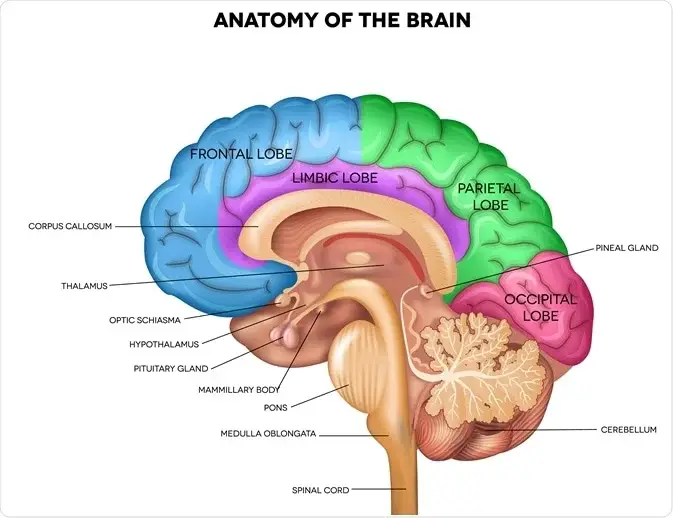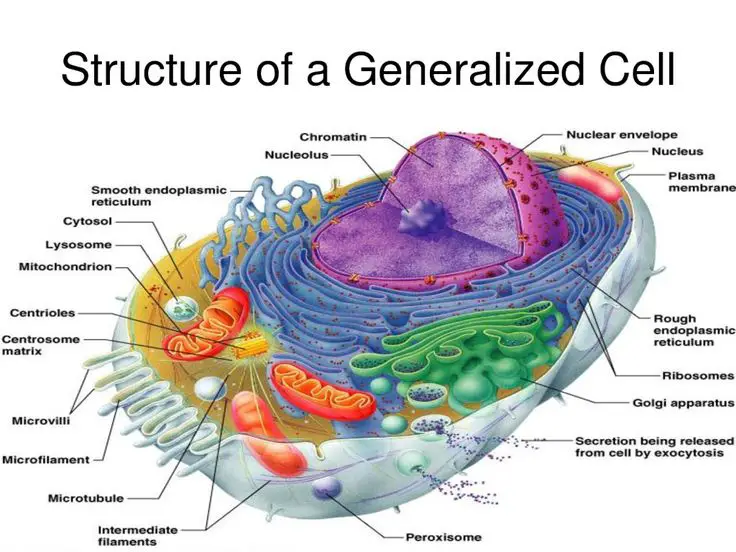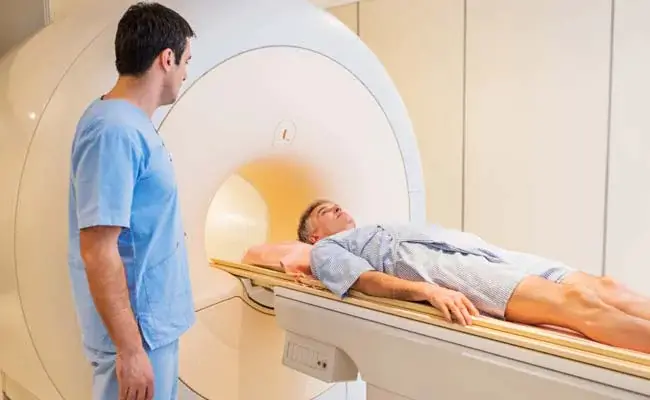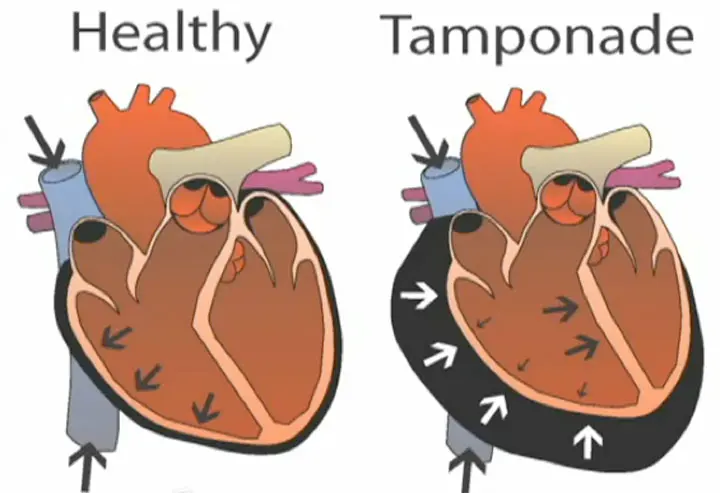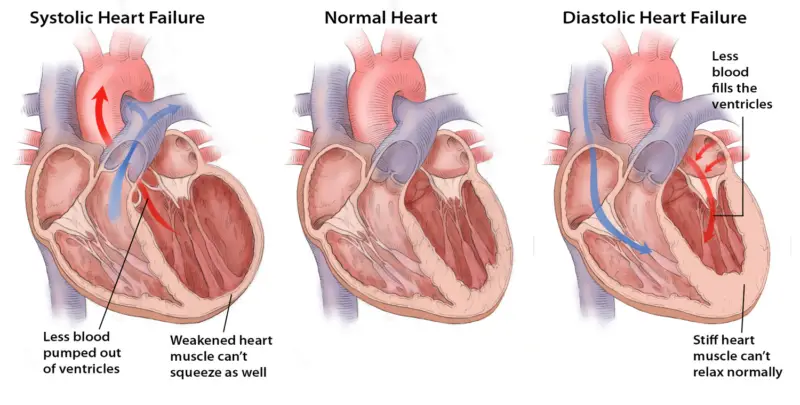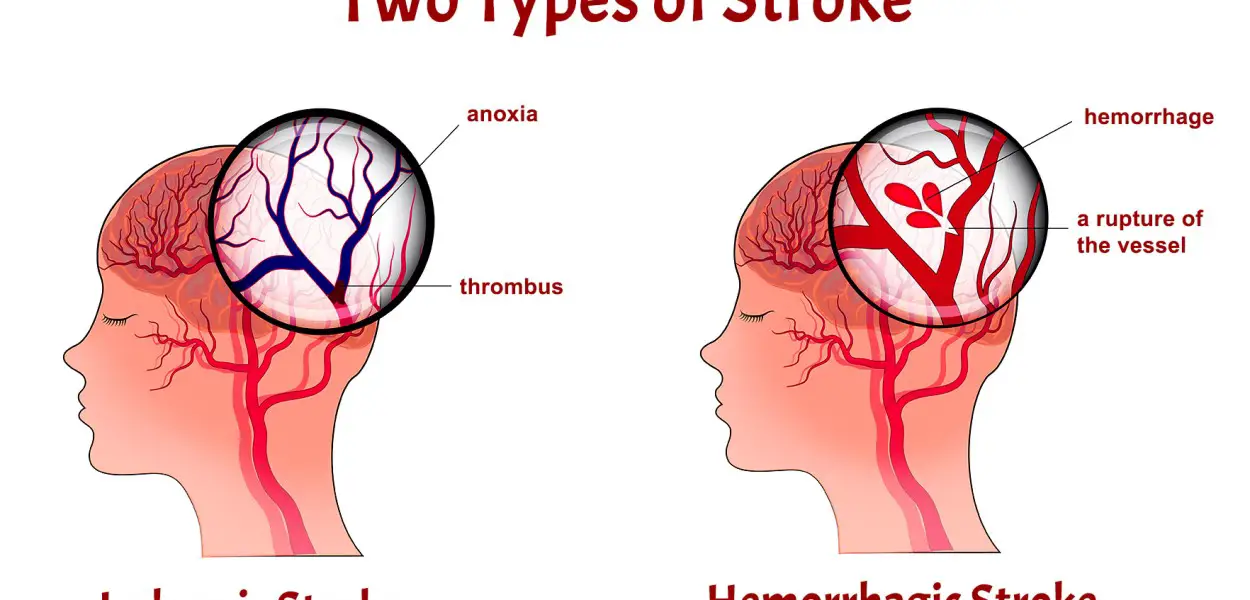Medical School Anatomy: Practice Exam Questions & Answers on Inguinal Anatomy, Inguinal Rings, and Inguinal Hernias
Learning anatomy in medical school is hard, but we can make it easy. Presenting free practice test and practice exam questions and answers for Medical Anatomy. Test your knowledge on medical school anatomy with our free, open-access practice tests.







